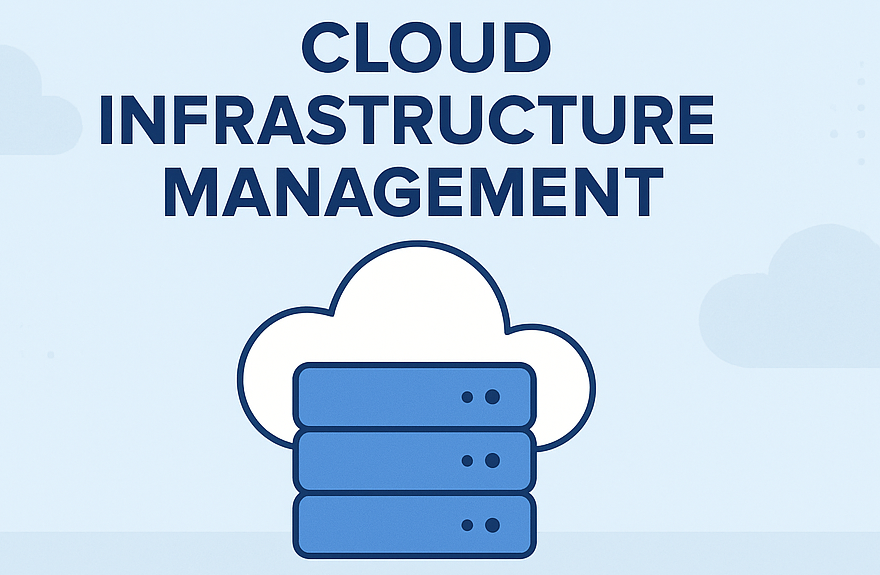
Introduction
In today’s world, speed matters a lot, especially if you run a streaming service or an online store. That’s where AWS CloudFront steps in. It’s a powerful content delivery network (CDN) service from AWS. AWS CloudFront helps speed up how your content gets to users, making sure everyone has a smooth experience, no matter where they are. In this blog, we’ll dive into AWS CloudFront, its benefits, what you can use it for, and more.
What is AWS CloudFront?
AWS CloudFront is a fully managed, top-performing content delivery network (CDN) service developed by AWS, which helps businesses to deliver content such as web pages, videos, and images with low latency and high transfer speeds. CloudFront functions by storing content in various edge locations worldwide, thereby shortening the distance between users and the content they’re accessing. This approach enhances performance by reducing latency.
Benefits of AWS CloudFront
- Cost-Effectiveness: CloudFront supports pay-as-you-go pricing, so you only need to pay for what you are using.
- High Performance: CloudFront’s extensive global network of edge locations significantly reduces latency and facilitates faster content delivery.
- Integration: CloudFront can be used with other AWS services such as Amazon S3, EC2, and Lambda.
- Scalability: When a large volume of traffic comes, CloudFront automatically scales up, ensuring that content is available for users without any disturbance.
- Security: CloudFront provides additional security against web attacks by integrating it with AWS Shield and AWS Web Application Firewall.
How does CloudFront work?

Step 1:The process begins when a user visits a website and requests a file download, such as an image.
Step 2: The DNS now route the request to the closest edge location through CloudFront. CloudFront then checks if the requested file is cached at the edge location.
Step 3: If found, CloudFront delivers the file directly to the user.
Step 4: If the file is not cached, CloudFront forwards the request to the appropriate server based on predefined specifications.
Step 5: The web server then sends the requested files back to the CloudFront edge location.
Step 6: Once CloudFront receives the file, it promptly delivers it to the user and caches it at the edge location for future requests.
Use Cases of AWS CloudFront
Website Speed: CloudFront can boost the delivery of content faster by storing content near to users around the world.
Video Streaming: CloudFront will send the videos to users more rapidly, which helps in low latency and high-quality streaming experience.
Media Streaming : CloudFront can stream audio and media content to users quickly.
Online Stores: :CloudFront helps online websites load quickly, which makes shopping easier.
Security: CloudFront provides additional security against online threats like hackers and viruses.
Conclusion
Amazon CloudFront is a powerful tool for accelerating your content delivery and providing a seamless experience for your users. With its global network of edge locations, advanced security features, and scalability, CloudFront empowers businesses to deliver content faster, more securely, and with greater reliability than ever before.
Also read our blog post on Route53
What’s Next ?
“We’re here to support you! Should you have any questions or need assistance, don’t hesitate to get in touch with us. Contact us at info@uranuscloudsolutions.com and we’ll be happy to help. Your satisfaction is our priority!”


